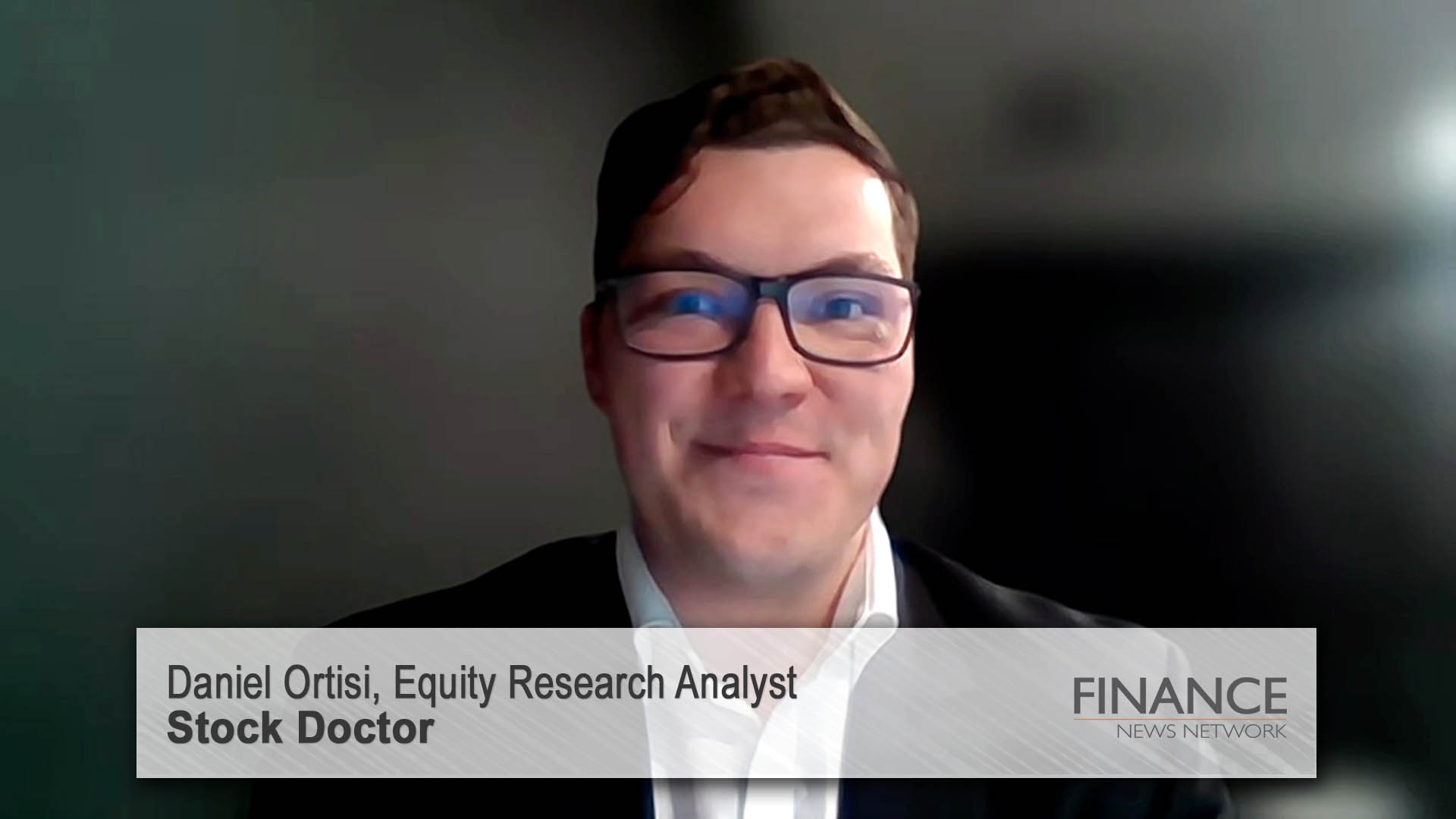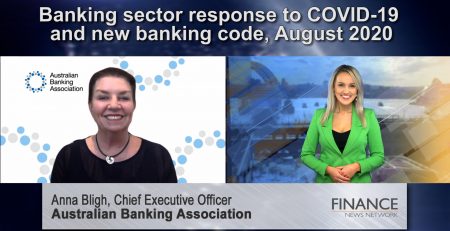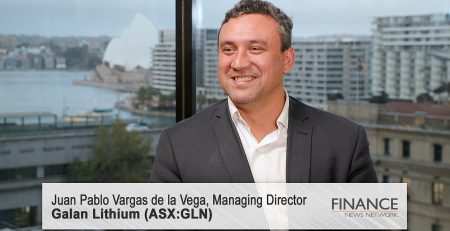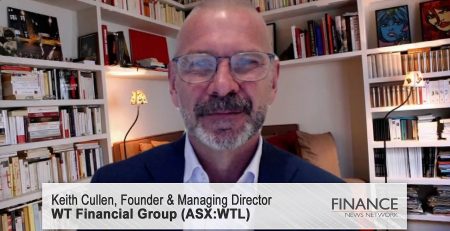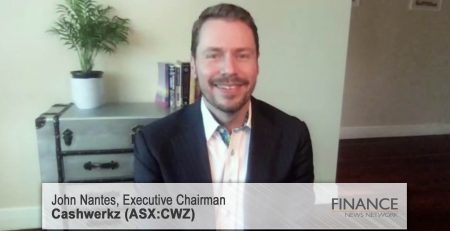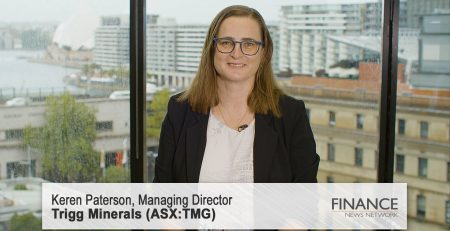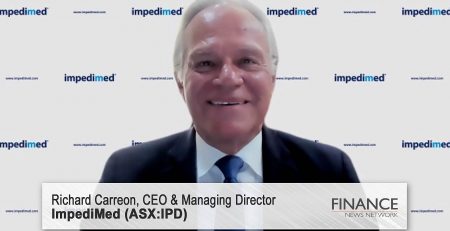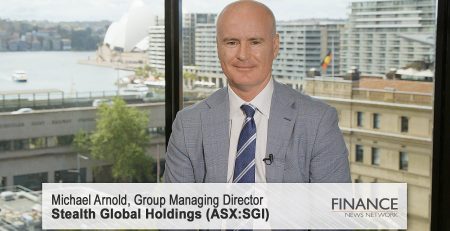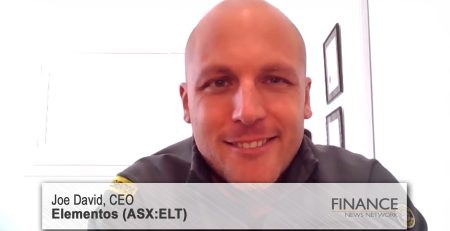Upside and downside surprises from reporting season
Daniel Ortisi, Equity Research Analyst at Stock Doctor, discusses the winners and losers from reporting season and gives advice on portfolio positioning for FY24.
Paul Sanger: Today we are looking back over the reporting season with Stock Doctor equity research analyst Daniel Ortisi. Stock Doctor is a platform that uses propriety quantitative mythology to provide self-directed investors' research on all 2,000 plus ASX listed companies, identifying high quality stocks to invest in as well as stocks that should be avoided. Daniel, welcome to The Network.
Daniel Ortisi: Thanks, Paul. Great to be here, and hopefully cover off a few stocks today as well.
Paul Sanger: That would be great. So Daniel, first up, can you give us a quick snapshot of what type of tools and technical support you provide to clients that use Stock Doctor?
Daniel Ortisi: Yeah, sure. So Stock Doctor, we almost like to think of it as the Swiss Army knife of investing. So we have a platform with a full suite of tools and analysis. So firstly, in terms of data, of course we have full financial analysis and statement analysis on all 2,000 companies. We have data in terms of pricing, data in terms of commodities, index level. And then in terms of tools, as you'd expect being a portfolio management tool, an import tool so you can import directly from your broker. And then on as well, full suite of analysis. So quantitative tools such as charting, your technical suites of analysis products as well. And then moving on to more of the qualitative side, we provide equity research on a suite of about 75 listed stocks, which we call our Star Stocks, Paul. So those are the companies whereby our analyst team will provide direct coverage, as you'd anticipate, to our members.
Paul Sanger: And just quickly, how far back does that sort of data go? Does it go back 10, 20, 50 years?
Daniel Ortisi: Yeah. So on an individual company level we have data ranging back from pretty much until early as it can be found from IPO date. So we've been around as a product for over 30 years. So as you can expect over that time, Paul, we've built up a huge library of data for those companies. So certain companies we have pricing and dividend data dating back to the '90s and '80s, which you'd be hard-pressed to find elsewhere. So it's pretty remarkable in that sense.
And then, obviously, that all flows through to our analysis. So when it comes to things like stock tools, stock screening tools, or even implementing our own financial health model onto that analysis, we obviously have the power to provide that over time. So it effectively gives investors a one-stop shop whereby they can see through an entire history of a company within about less than 60 seconds.
Paul Sanger: Okay. Well, let's put some of this data to the test. Daniel, reporting season has just come to a close. Can you walk us through some of the trends that played out as you see them?
Daniel Ortisi: Yeah, certainly. So I think from an overall broad level of FY23, we saw that results were roughly in line with consensus expectations. We didn't have too many surprises across the board. I think a real driver for that was we had, obviously, a mini confession season beforehand. So we actually saw an elevated level of announcements and trading updates from companies prior to reporting season. Therefore, we actually saw expectations get adjusted.
So in terms of FY23, broadly in line. Some of the key thematics we did notice, Paul, obviously were rising interest costs were plaguing businesses with elevated debt levels, and I'm sure we'll touch on a few of those businesses today. Another one, of course, is what impact does inflation have consistently on the company cost basis across the board? We saw potentially a peaking of inflation levels. But from company guidance and company announcements, it does seem to be certain things that are sticking in there. Things like insurance costs, wage costs, and even some raw material costs in businesses. So consistently seeing issues. There were downgrades to some companies, but overall relatively in line with FY23 expectations.
Paul Sanger: Got you. And the upside and downside surprises, as you mentioned, have been pretty even this season. Now, I did steal these stats from Shane Oliver, who I saw a piece on him yesterday. So he said that 36% of companies surprise to the upside, and he said the average normally is 43%, so slightly below average, and 34% surprise to the downside. He said the average was around 24%. So a bit of an increase on the downside. So can you highlight some of the companies that surprised to the upside? And what were the driving factors behind their outperformance?
Daniel Ortisi: Yeah. So from an upside point of view, we actually saw companies which were able to display a bit of resilience in their operating model, show better than expected results. So one which we cover and we've owned for quite a long time is Cochlear (ASX:COH). Obviously, they had a really strong result kind of bolstered by the services division upon the release of some of their new products, which was really second-half weighted. So that was a company which showed better than expected margins and revenue growth, which obviously reacted quite well in the day.
Another obvious one, which was probably one of the best performers during the whole season, Paul, was Altium (ASX:ALU), which obviously had a really strong result from a top-line perspective and was able to quash some of those analyst fears leading up to the result in terms of whether demand was sticky or not in the Octopart's division. And the third one I'd call out, certainly from our income universe, is GUD Holdings. So it's an automotive retailer and it was able to actually prove better than expected cash flows. That was off the back of some easing in supply chains obviously in the automotive market. So three companies there, which we all had different kind of factors driving the outperformance, but I guess at a bottom-line level, Paul, it all really showed that these businesses with defensible positions in their industries are fairing better off.
Paul Sanger: And just one that caught my eye that you didn't mention there, Brambles (ASX:BXB), a bit of a stalwart in most self-managed superfunds. Any commentary about Brambles and their outperformance?
Daniel Ortisi: Yeah, certainly. Brambles, it's actually another company we own as well. So, we're very pleased with the result. Typically, with Brambles, you're very accustomed to low single-digit growth, but they've been able to push through prices pretty significantly over the last few years. And I think volumes are actually a little bit more sticky than some analysts were suggesting. So obviously the combination of greater than expected volumes and obviously greater than expected sales prices saw a better than expected result. And the big thing with Brambles is in terms of guidance, they were one of the few companies to provide some form of FY24 and medium-term guidance. And it, of course, showed that low double-digit growth going forward, which was obviously better than expected and hence why that stock's performing extremely well.
Paul Sanger: Got you. Now, we've talked about some of the upside surprises. On the other hand, who were some of the companies that disappointed? And again, what were the driving factors that were behind these disappointments?
Daniel Ortisi: Yeah. It was an interesting reporting season in terms of disappointments, Paul, because I think most analysts were really anticipating disappointments to come through retail, whereby you probably had a lot of trading updates before reporting season, and, therefore, the additional expectations, they weren't actually too bad. But where we did see pressure was obviously in businesses with elevated debt levels. So for example, a company like Amcor (ASX:AMC) showed greater than expected interest costs, which obviously impact the bottom line to a pretty big extent. Other companies, such as IRESS (ASX:IRE), have showed that poor capital allocation decisions over time can lead to an eventual point of large writedowns of acquired intangibles. So businesses that perhaps have been benefiting from cheap access to finance and larger than expected depositions that they typically carry are now starting to struggle if those business units are unable to keep up with inflation and keep up with reducing demand levels.
Paul Sanger: Daniel, based on what we've just discussed, how would Stock Doctor advise investors to position themselves for the year ahead? Or more importantly, what key themes do you think are going to play out and people should be jumping on the bandwagon for?
Daniel Ortisi: Yeah. So I think we still have a relatively cautious stance, Paul. I mean, the big key factor we've noticed is that FY24 expectations, they were originally for around 10% EPS growth across the board. That's been revised down significantly now. So that's come down to around flat growth for the year ahead. And a lot of that is obviously driven by cyclicals, which the ASX is a cyclical driven market. So our message to investors is to be cautious for some of those stocks exposed to the economic cycle, particularly in resources whereby not only do you have potential concerns over demand, but costs as well as capex expectations have been revised higher as well now. So there are potentials for investors to get caught out in those cyclical markets.
In terms of a stock positioning, we like defensives. We like quality companies which have been resilient. Called out Altium. Other companies we still like at these prices, Cochlear, even ResMed (ASX:RMD) looks like an interesting opportunity. Still a very defensive business, one that's facing a bit of market pressure in terms of sentiment, but in terms of financial performance has been excellent.
Paul Sanger: Daniel Ortisi, thank you for your time.
Daniel Ortisi: Thanks, Paul.
Ends
Click here to visit the Stock Doctor website.
Copyright 2023 – Finance News Network
Source: Finance News Network

